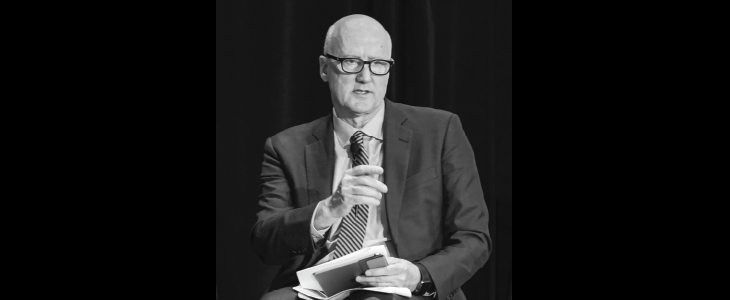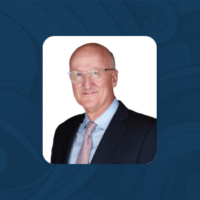
Welcome to the first issue of ACAMS Today Europe. ACAMS Today launched in 2002 as a membership benefit of a newly formed United States-based association of anti-money laundering (AML) professionals.
Today, the Association of Certified Anti-Money Laundering Specialists (ACAMS) is a global association of 73,000 members, and counting.
Like its award-winning parent ACAMS Today, the multilingual ACAMS Today Europe is helmed by Karla Monterrosa-Yancey and her fabulous team. We hope ACAMS Today Europe meets the needs of our ever-expanding European membership, which we are counting on for feedback and editorial contributions.
Karla’s constant hand at ACAMS Today over the last 13 years reminds us that while much has changed for anti-financial crime (AFC) professionals, some things are timeless.
At our conference in Hollywood, Florida this April, speakers on a panel detailing lessons from major enforcement actions agreed that there are two bedrock priorities for AFC professionals: preventing and deterring crime; and achieving technical compliance with regulatory program requirements.
The two should be complementary, but the four panelists—who collectively represent decades of global compliance experience— agreed that at best they were in tension with one another and sometimes a Hobson’s choice: tick the box to please the regulators or try to catch bad guys.
“I can think of the banks we used to supervise that got big fines, cease and desist orders, some of the biggest banks in the world,” said Dan Stipano, former deputy chief counsel for the Office of the Comptroller of the Currency. “They would come and tell us, and their lawyers would say, ‘yeah but we worked with the Manhattan District Attorney’s Office…. We were instrumental in this criminal case.’”
“The response from examiners was ‘that’s great, but your CIP wasn’t any good, and your KYC wasn’t any good, and your transaction monitoring was weak,’” recounted Stipano, now a partner at Buckley LLP.
An audience question suggested that if you met the regulatory requirements, you would also catch criminals.
But no one on the panel let go of the potential for the two goals to diverge.
Praising the industry’s cooperation with law enforcement, Rick McDonell, ACAMS executive director and a former Financial Action Task Force executive secretary, held up the example of the United Kingdom’s Joint Money Laundering Intelligence Taskforce (JMLIT).
The initiative brings law enforcement and compliance professionals together to review files of ongoing investigations and is such a success that nine or 10 other jurisdictions have rolled out or plan to create similar bodies.
Markus Schulz, global head financial crime controls at Standard Chartered, said that JMLIT—and efforts like it—literally give meaning to AFC professionals’ lives, connecting AML transaction monitoring and other forensic practices to catching criminals who destroy innocent lives.
Still, financial institutions do not get any extra credit for their commitment to work with law enforcement and they give up staff that might be dedicated to meeting regulatory demands, he said.
None of this is to give too much weight to some protests from the industry that the onerous penalties meted out over the past decade are about technical violations of regulation. Most of the hundreds of millions in penalties were levied for egregious behaviour.
Nor can the latest scandals involving Nordic and Baltic banks be said to involve minor errors, McDonell pointed out.
A small branch in Estonia funnelled $230 billion (US dollars) into the global financial system over several years through Danske Bank—at one point accounting for 10 percent of Danske’s revenue.
That is a major red flag, Schulz quipped, adding with some humility, “I can only assume that some of that money is sitting in one or more of our banks,” just not hundreds of billions.
After all, something is wrong when you cannot account for $1 billion (US dollars) going through your bank, Karim Rajwani, SVP, chief administrative officer at Scotiabank, seconded.
Knowing when $1 billion (US dollars)—or even smaller sums—goes through your institution, where it goes, and to whom depends on having in place policies and procedures mandated by regulation.
Fulfilling know your customer and transaction monitoring duties can, in this example, help you be a crime fighter and keep your regulator happy.
But as long as banks are given heavy to-do lists for compliance and multiple matters requiring attention from regulators they are likely to grumble, sometimes fairly and sometimes unfairly, that they are being burdened with too many niggling rules.
As we launch ACAMS Today Europe to serve the needs of a growing organization, we are aware that the tension over AFC priorities is unlikely to ever be resolved, but it is an important part of our mission to help our members at financial institutions, in the regulatory community and law enforcement to navigate through it.










